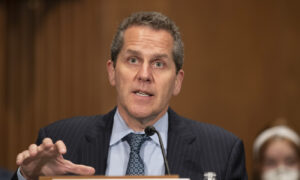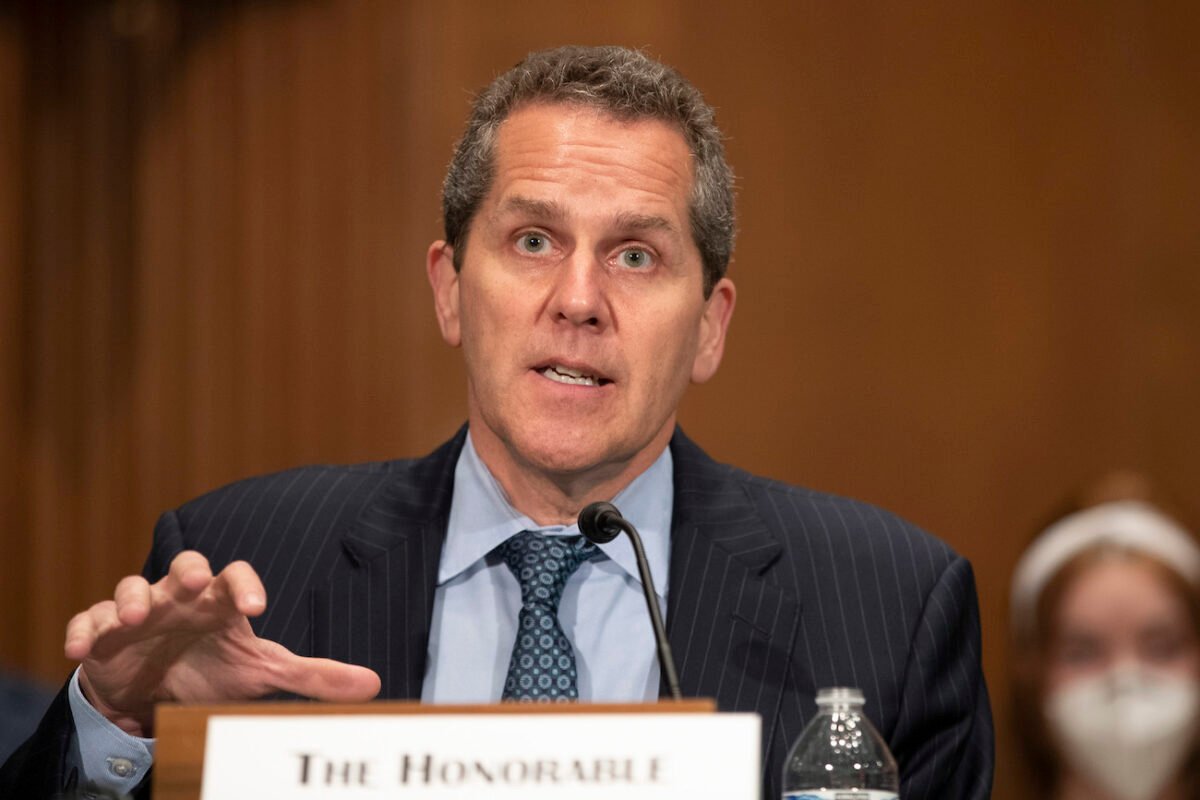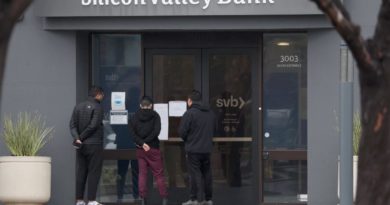Silicon Valley Bank a ‘Textbook Case of Mismanagement,’ Fed’s Barr Tells Senate

The failure of Silicon Valley Bank (SVB) was driven by a “textbook case of mismanagement,” Federal Reserve vice chair of supervision Michael Barr told a Senate hearing.
Appearing before the Senate Banking, Housing, and Urban Affairs on Tuesday, Barr diagnosed the driving force behind the financial institution’s collapse.
“SVB’s failure is a textbook case of mismanagement,” he said. “The bank had a concentrated business model, serving the technology and venture capital sector.”
In the early days of the coronavirus pandemic, SVB flourished as its assets tripled with “significant deposit growth.” The bank had then invested the proceeds of these deposits into long-duration assets, like Treasury securities, to bolster yields and enhance its profits. However, Barr noted, the primary mistake that the company made was not managing the interest rate risks of these securities.
In addition, according to Barr, SVB management also failed to manage its liability risk. These risks primarily consisted of deposits from venture capital firms and the tech sector, “which were highly concentrated and could be volatile.”
“The bank waited too long to address its problems, and, ironically, the overdue actions it finally took to strengthen its balance sheet sparked the uninsured depositor run that led to the bank’s failure,” Barr said. “Panic prevailed among SVB’s remaining depositors, who saw their savings at risk and their businesses in danger of missing payroll because of the bank’s failure.”
Martin Gruenberg, the chair of the Federal Deposit Insurance Corporation (FDIC), told Senate lawmakers that there was a common theme between the failures of SVB and Signature Bank: a heavy reliance on uninsured deposits.
“One clear takeaway from recent events is that heavy reliance on uninsured deposits creates liquidity risks that are extremely difficult to manage, particularly in today’s environment where money can flow out of institutions with incredible speed in response to news amplified through social media channels,” he stated.
Both Barr and Gruenberg referenced social media’s role in the bank runs, with SVB customers taking to social networks “to urge companies to move their deposit accounts out of SVB.”
“Social media saw a surge in talk about a run, and uninsured depositors acted quickly to flee,” Barr purported.
The “signs of distress” at SVB, Signature Bank, and other banking organizations prompted the U.S. government to prevent a contagion that “could be far-reaching and cause damage to the broader banking system.” This, Barr explained, prompted the Federal Reserve to initiate a temporary lending facility—the Bank Term Funding Program (BTFP)—that would inject liquidity into the banking system.
Moving forward, Barr confirmed that he would review several aspects of these latest events, including if the Fed’s supervisory approach is effective in identifying risks, if supervisors maintain the tools that can mitigate threats to safety and soundness, and what work needs to be done to “improve the resilience of the banking system.”
“Deeply interrogating SVB’s failure and probing its broader implications is critical to our responsibility for upholding that mission,” Barr concluded.
A $22 Billion Hit
In the aftermath of the banking crisis, Gruenberg estimates that resolving SVB and Signature Bank will cost the FDIC’s Deposit Insurance Fund $20 billion and $2.5 billion, respectively.
It was announced on Monday that First Citizens BancShares purchased around $72 billion of SVB assets at a discount of $16.5 billion. An additional $90 billion in securities and other assets will remain “in receivership for disposition by the FDIC.”
The FDIC and First Citizens entered into an eight-year “loss-share transaction” on the commercial loans bought from the SVB bridge bank. This means that the FDIC will absorb part of the loss on various assets.
“The loss-share transaction is projected to maximize recoveries on the assets by keeping them in the private sector. The transaction is also expected to minimize disruptions for loan customers,” the FDIC said in a statement.




